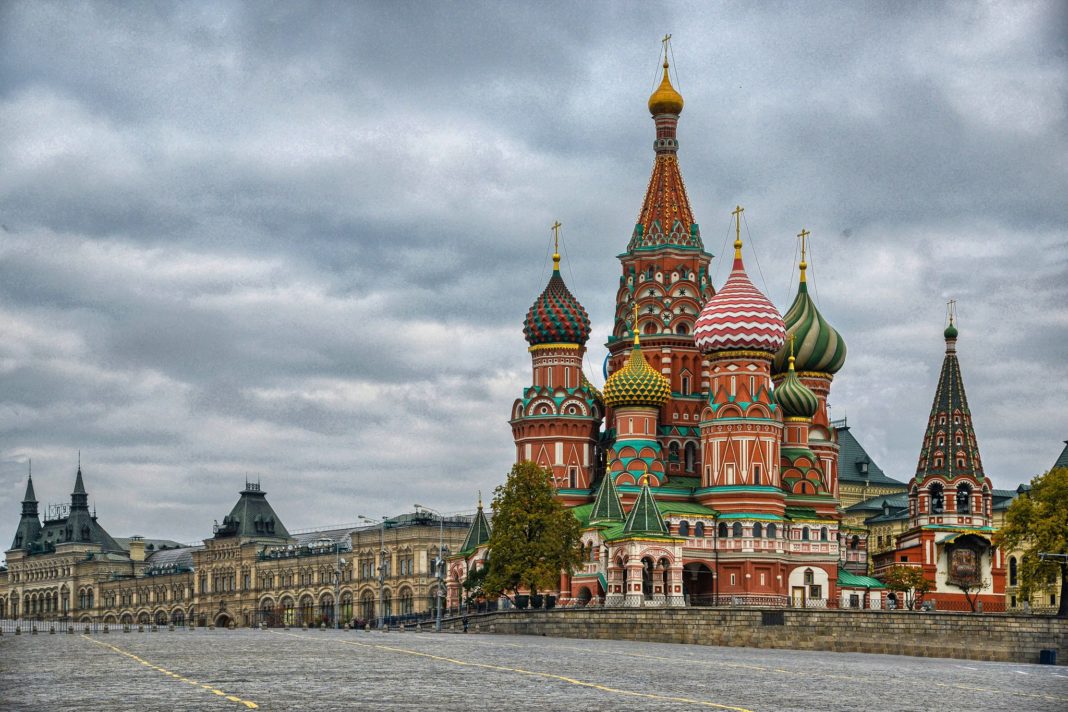The Cathedral of Vasily the Blessed, commonly known as Saint Basil’s Cathedral, is an Orthodox church in Red Square of Moscow and is one of the most popular cultural symbols of Russia. The building, now a museum, is officially known as the Cathedral of the Intercession of the Most Holy Theotokos on the Moat, or Pokrovsky Cathedral.
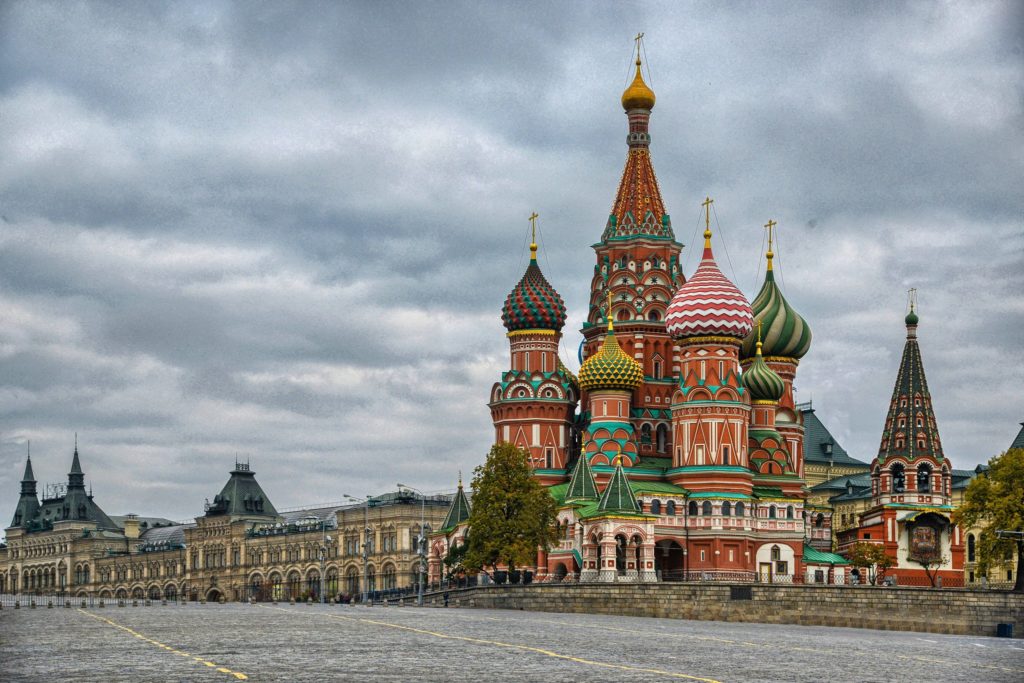
The church was built from 1555 to 1561 on orders from Ivan the Terrible and commemorates the capture of Kazan and Astrakhan. It was the city’s tallest building until the completion of the Ivan the Great Bell Tower in 1600.
The cathedral has nine domes (each one corresponding to a different church) and is shaped like the flame of a bonfire rising into the sky. Dmitry Shvidkovsky, in his book Russian Architecture and the West, states that “it is like no other Russian building. Nothing similar can be found in the entire millennium of Byzantine tradition from the fifth to the fifteenth century … a strangeness that astonishes by its unexpectedness, complexity, and dazzling interleaving of the manifold details of its design.” The cathedral foreshadowed the climax of Russian national architecture in the 17th century.
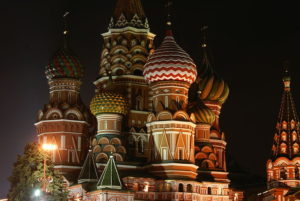
The church acquired its present-day vivid colors in several stages from the 1680s to 1848. Russian attitude towards color in the 17th century changed in favor of bright colors; iconographic and mural art experienced explosive growth in the number of available paints, dyes, and their combinations. The original color scheme, missing these innovations, was far less challenging.
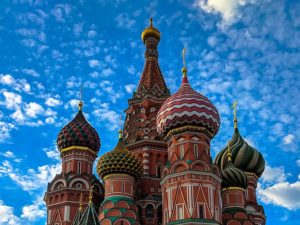
The 25 seats from the biblical reference are alluded to in the building’s structure, with the addition of eight small onion domes around the central tent, four around the western side church, and four elsewhere. This arrangement survived through most of the 17th century. The walls of the church mixed bare red brickwork or painted imitation of bricks with white ornaments, in roughly equal proportion. The domes, covered with tin, were uniformly gilded, creating an overall bright but the fairly traditional combination of white, red, and golden colors. The moderate use of green and blue ceramic inserts provided a touch of the rainbow as prescribed by the Bible.
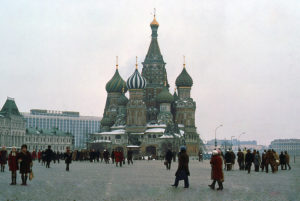
On the day of its consecration, the church itself became part of Orthodox thaumaturgy. According to the legend, its “missing” ninth church (more precisely a sanctuary) was “miraculously found” during a ceremony attended by Tsar Ivan IV, Metropolitan Makarius with the divine intervention of Saint Tikhon.
According to Wikipedia





